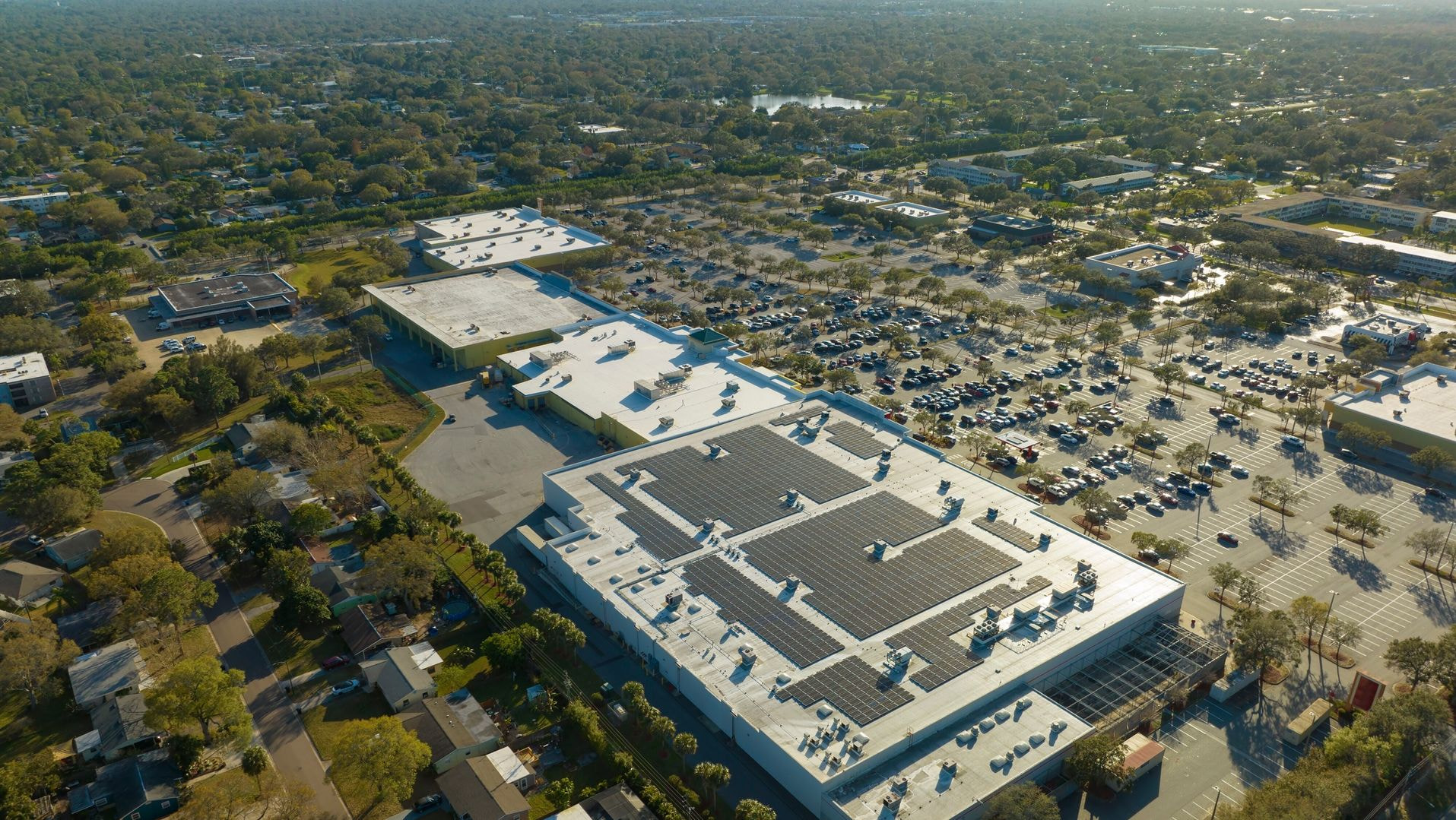
Distribution
Similar to transmission network, distribution infrastructures are sized to meet peak demand of the load centers it serves. Deployment of BESS helps to defer or circumvent costly infrastructure upgrades or new infrastructure investments, at the fraction of the cost and project execution time. In addition, BESS is mobile and flexible, where it can be relocated to a new location when its services are no longer required at the original location. Furthermore, unlike conventional power plants which cannot be located near to the load centers due to concerns related to emission and land use, BESS can be located near to the load centers to provide peaking capacity thanks to their lack of local emission and scalable nature. Locating BESS closer to the load centers reduces transmission and distribution losses and relieves power system congestion, while at the same time provides local power quality services and improving power system resilience especially during extreme weather events.
Installation of BESS at industrial and commercial buildings allows consumer to level out the peaks in their electricity consumption, which can be costly as some utilities companies charge a maximum demand payment to the consumer based on the peak electricity demand registered during the month. With the electricity discharged from the BESS during peak hours of the industrial or commercial facility, peak demand can be ‘shaved’, significantly reduces the consumer’s utility bill charges. This application is known as peak shaving.
In regions where the gaps between peak and off-peak tariff are significant, BESS can be deployed to perform load shifting, which effectively charges the battery during off-peak hours at off-peak tariff and discharges the stored energy for consumption during peak hours, effectively reducing of the import of energy during peak hours at peak tariff, resulting in savings in utility bills. Load shifting does not reduce the quantity of energy used, but rather is a rescheduling of energy consumption to result in reduction in expenses for energy. While deploying BESS only for load shifting application may not be economically profitable in majority of the countries, load shifting application if combined with other applications such as storage of excessive solar and wind production for later use and BESS serving as a backup system for power outages will significantly increase its value proposition.
